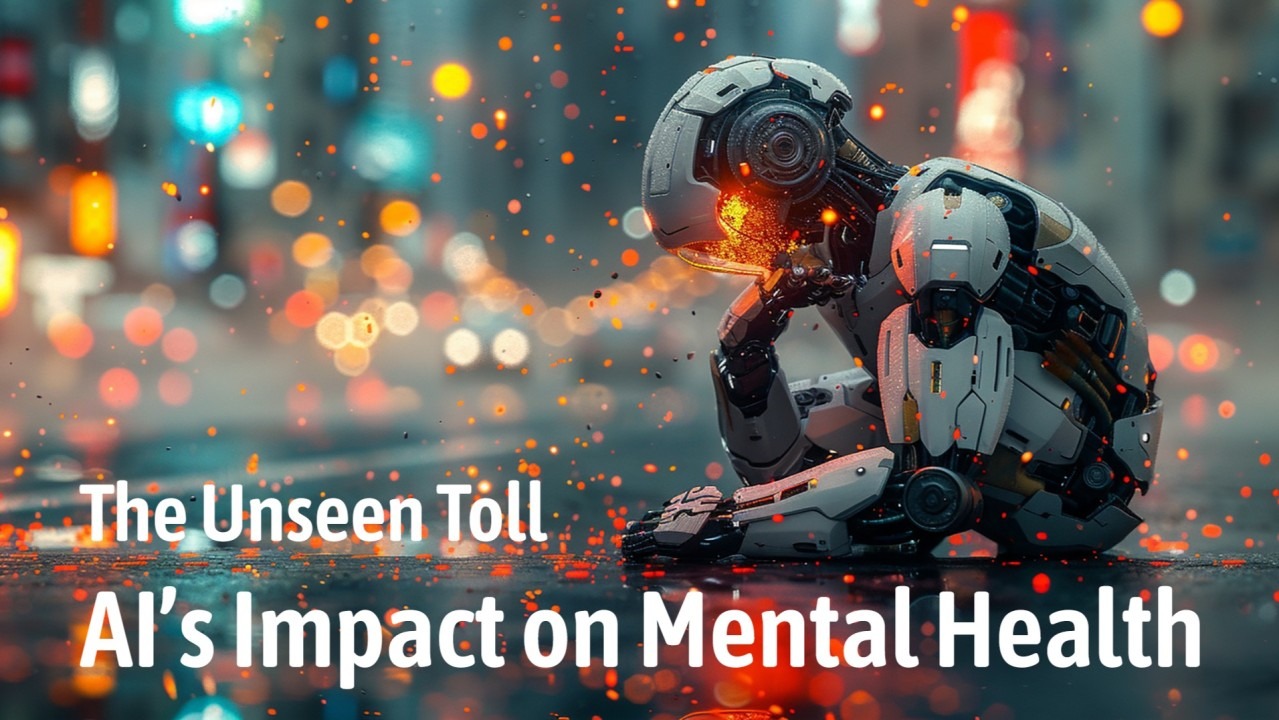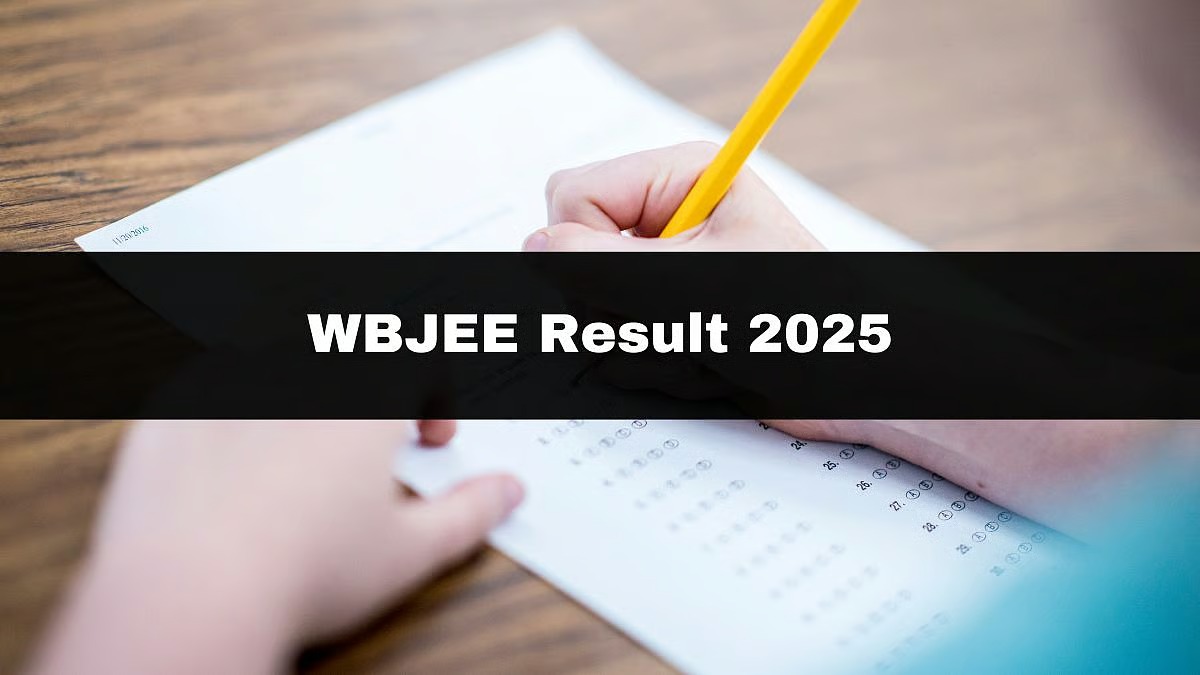
Follow WOWNEWS 24x7 on:

With artificial intelligence (AI) increasingly woven into daily life, mental health and education experts are raising urgent alarms about the negative side effects of prolonged and unregulated AI use among adolescents. While AI brings undeniable benefits like personalized learning and accessible mental health support, many specialists caution that overreliance on AI tools risks dulling creativity, impeding critical thinking, and exacerbating mental health challenges among youth.
Key Highlights of the Emerging Concerns:
Excessive use of AI-powered tools such as generative chatbots, homework assistants, and AI-driven social media algorithms is linked to reduced creative thinking and critical engagement. Experts warn that adolescents may become passive recipients of AI-generated content instead of active originators of ideas.
AI’s tendency to fabricate or "hallucinate" information can mislead young users, undermining trust and promoting misinformation unless carefully supervised.
Mental health professionals highlight growing evidence that heavy AI interaction can diminish adolescents’ emotional intelligence and social skills, sometimes replacing human-to-human interactions with AI companionship, which lacks genuine emotional reciprocity.
Studies show rising incidences of anxiety, depression, and loneliness linked in part to AI-driven digital environments that foster addictive screen time and reduce face-to-face social connections.
Concerns extend to ethical challenges, including privacy risks from data-hungry AI systems and algorithmic bias that may reinforce harmful stereotypes or marginalize certain groups.
Some adolescents are increasingly turning to AI companions for emotional support and companionship, sometimes creating unhealthy attachments, posing serious psychological risks including cases linked to self-harm or suicidal behaviors.
Experts emphasize the need for comprehensive frameworks guiding AI’s responsible use among teens, including education on digital literacy, critical thinking skills, and monitoring by parents and educators.
While AI-enabled mental health technologies—such as chatbots for immediate support—offer valuable avenues for care access, they must complement rather than replace human counseling and community support.
Researchers advocate for balanced AI integration that harnesses its benefits without sacrificing opportunities for imaginative problem-solving, empathy development, and social connection.
Impact on Creativity and Cognitive Development
Several specialists caution that when AI becomes the dominant means for generating ideas or solving problems, adolescents risk losing essential cognitive faculties. Rather than stimulating deep reflection or creative exploration, the ease of obtaining AI-generated answers encourages surface learning and conformity. The resulting decline in critical thinking undermines youth’s ability to innovate or engage rigorously with information.
Mental health professionals note that replacing human interactions with AI “friends” can stunt emotional growth, leaving teens less equipped to navigate complex social realities. The blurring lines between reality and AI-manufactured content may also contribute to confusion and anxiety.
Mental Health Implications and Risks
Adolescents already face mounting mental health pressures globally, and unchecked AI exposure may intensify these challenges. The oversaturation of screen time driven by AI-curated content feeds addictive behaviors while isolating young people from nurturing real-world relationships. At the extreme, AI companionship platforms have been implicated in tragic incidents, highlighting the urgency of safeguards.
Experts call for awareness campaigns, ethical AI design that respects adolescent vulnerability, and policies mandating protective measures in AI platforms, particularly those that target or appeal to minors.
The Path Forward: Responsible AI Use for Adolescents
To address these concerns, thought leaders urge collaborative efforts involving educators, psychologists, policymakers, technologists, parents, and adolescents themselves. Key strategies include:
Integrating AI literacy into education to teach critical evaluation of AI outputs and promote intellectual curiosity.
Developing responsible AI regulations that protect adolescent privacy, mental wellbeing, and developmental needs.
Encouraging AI designs that foster creativity, social engagement and do not exploit addictive reward pathways.
Supporting human-centered mental health care that uses AI as a tool rather than a substitute.
Promoting balanced technology habits with healthy limits on AI use and screen time.
In summary, while AI holds transformative potential across education and mental health, experts emphasize the critical need to steward its use thoughtfully among adolescents. Balancing AI’s advantages with safeguarding creativity, emotional development, and psychological resilience will shape the wellbeing of this generation—and the future they build.
Source: National Institute of Mental Health and Neuro Sciences (NIMHANS), Times of India, Common Sense Media study, The Associated Press, The Australian, Duke Health research, Economic Times, NDTV (August 2025)



